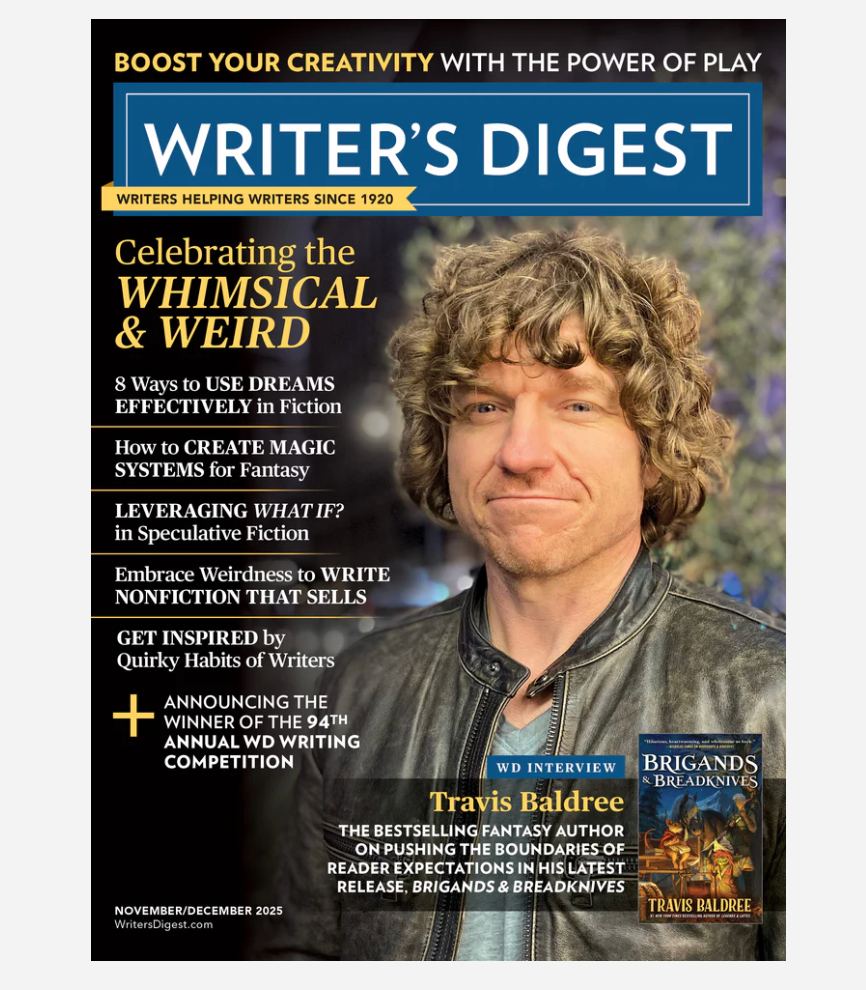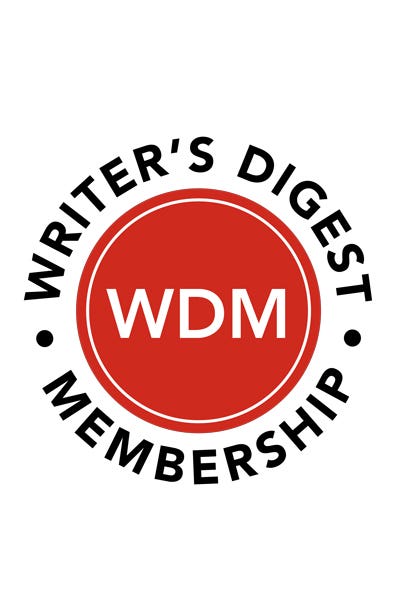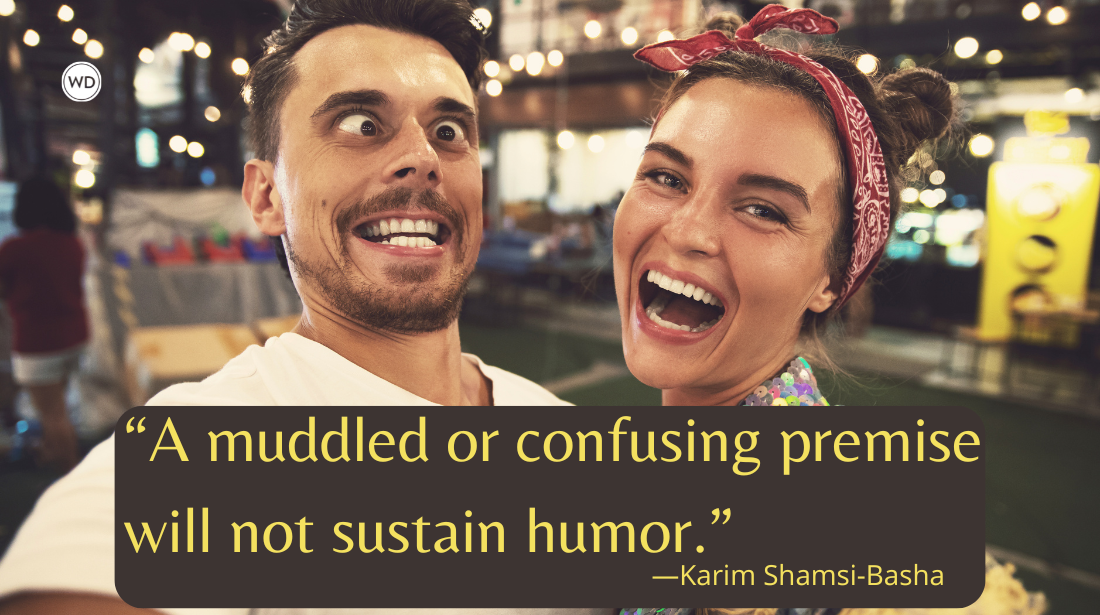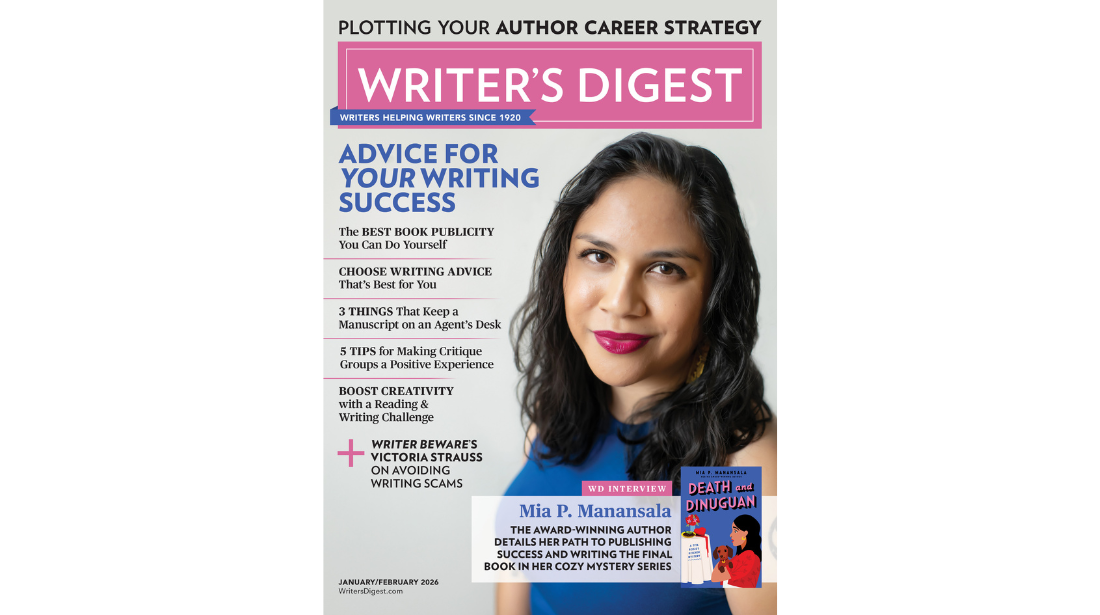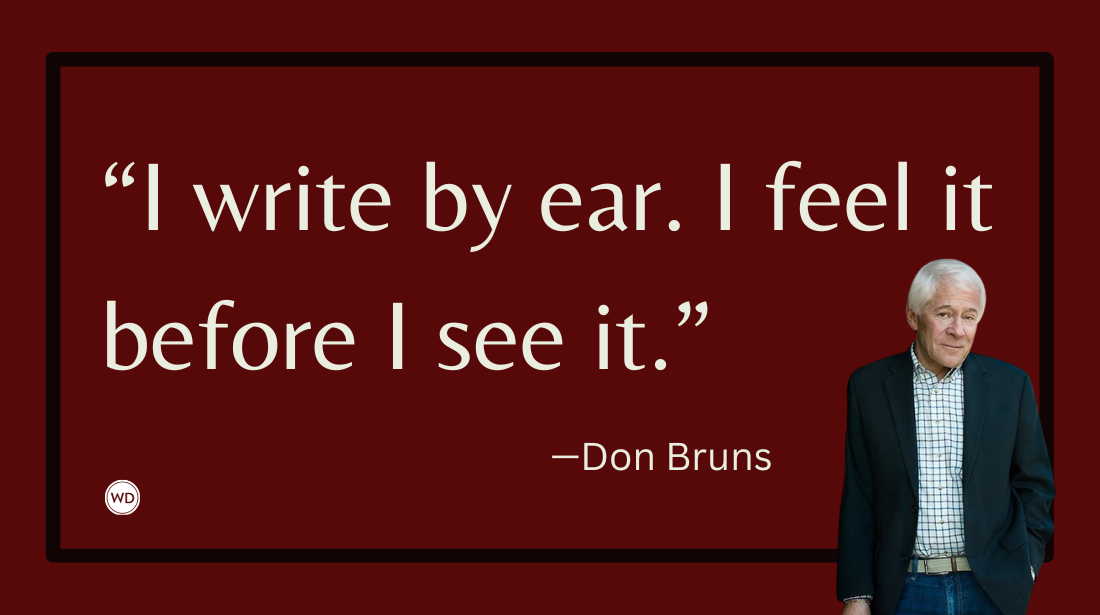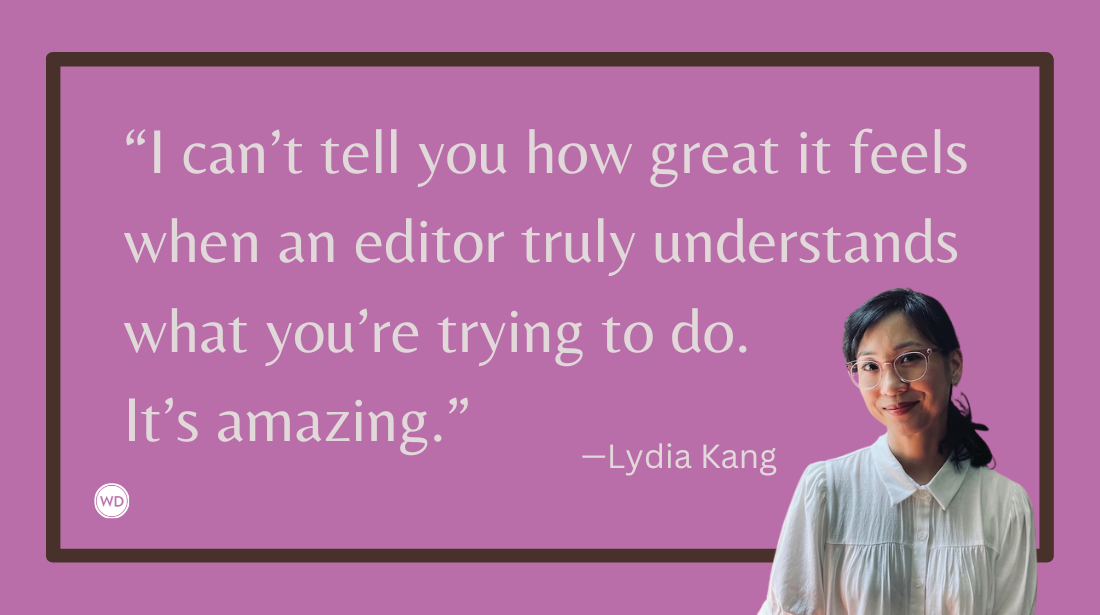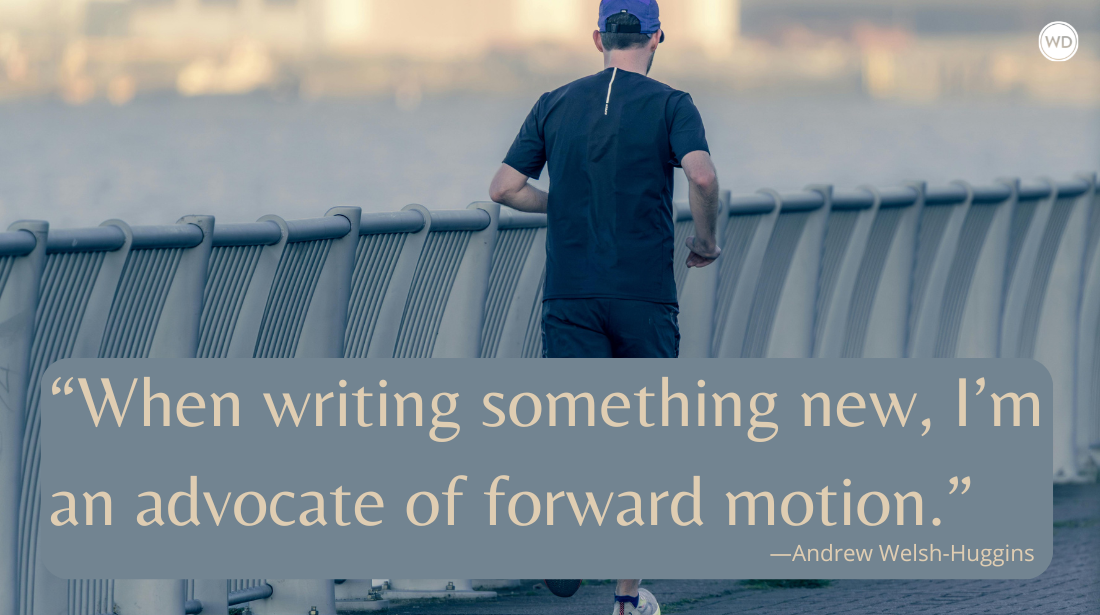Writing Action: How Obstacle Course Racing and Love of Film Impacted My Action Scenes
Author E.L. Starling shares four tips for writing action scenes in fiction, comparing the process to navigating an obstacle course.
Having been raised on movies, my creative brain tends to skew my memories toward the cinematic. I recall my favorite obstacle course race experiences like a training or battle montage. My heart thumps over the MC counting down the final seconds. A dynamic score plays behind layers of atmospheric noise and a growing, unnerving buzz, the audible signal before a shift into action. The air horn blares and the crowd of tightly packed runners move in slow motion as they funnel through the arched starting line. I am the main character, beginning my own action sequence. I start my timer and take my last easy breath.
Writing action sequences is like most parts of writing a book—a harmony of movement, sensations, setting, and plot. But when things get exciting, it’s easy to lose sight of one of these important components and lose a reader along the way. Here are tips for writing compelling, dynamic, and clear action sequences.
Navigate a clear path.
Action almost always has a degree of chaos. And who doesn’t love a little chaos? The more you throw at your character, the more the reader gets to cheer (or at least breathe a sigh of relief) when they overcome it. But whether it’s a sword fight, a rickety rope bridge, a sports competition, or a crumbling luxury starliner days from Mars that stands between them and their goal, characters must observe the obstacles and find a way through without leaving the reader behind.
Readers need to know who they are following and where they are going from the beginning to the end of your action sequence. Like studying a course map before a race, mental mapping or sketching out the sequence can keep you, your character, and, ultimately, the reader on course.
Remember the stakes while navigating the chaos.
No matter what’s on the line: their life, someone they love, horrific embarrassment, life-changing prize money, or maybe even humanity at large, the “goal” or “objective” remains a character’s main focus—even when action rises and things get tense, chaotic, or deadly.
Back on the course, an upbeat ballad plays in time with my pumping arms. My strides are short. The hill is grueling. My leg muscles burn. My heart beats against my ribs. That little voice in the back of my head who tries to keep me alive, begs me to quit. But I push on. The hill crests and I open up my stride, scanning the downward sloped trail ahead as I descend. At the back of my mind, I know this is where I can make up the most time. And that’s my end goal: Finish this race 15 minutes faster than last year.
Know when to take a breath and when to sprint.
Short sentences equal faster reading. Use the build. Keep them going. Drive the tension. It’s not far. Keep going. Until BOOM! An insurmountable obstacle slams onto their path. Something that could end it all. Their biggest fear or their mortal enemy. Your character has no choice but to pause, assess, reflect, find the will and drive to keep going. After all, the stakes are still there. Waiting. Will the character succeed or accept failure?
The only thing that stands between me and achieving my time goal is… well, a panic attack. I shake out my trembling hands for the fifth time. The camera focuses on the seconds ticking by on my watch. Minutes left before I miss my time. I just have to dunk under this ridiculous inflatable wall, inches from the surface of the icy, murky pool. I’m a strong swimmer, but the fear of getting stuck, being confined, running out of oxygen already has me hyperventilating. I reach a hand underneath to feel for the other side. Less than two feet. I can make it. I suck in a breath and duck under the water’s surface. The score goes silent, replaced by the soft whooshing of moving water. In slow motion, I re-emerge on the other side. Racing out of the freezing water, I sprint for the finish line.
Stay true to your character.
When you’re juggling character, movement, and, potentially, a changing setting, it’s easy to forget the building blocks of your characters, but people are complex—even amid action. If they’re afraid of heights when they’re visiting a friend who lives on the 42nd floor of a high rise in the setup, they’re still afraid of heights at the “height” of action. When will your character hit a breaking point? Can they grab hold of that ledge before the floor drops out from under them or can they not reach? How does this character react to stressful situations?
My love of film has built my cinematic mind. But imaginations are as unique as people. My experiences in obstacle course racing have become a stockpile for action writing. But I keep in mind that it’s a privilege to use my body in this way, and I don’t take that for granted. There are plenty of others who approach these events differently or not at all. We all find what feeds our soul and inspires us.
Writing action sequences is about more than just movement. It’s specific characters (people) with specific personalities, strengths, and weaknesses navigating a challenging setting or situation with clear stakes on the other side of their own set of obstacles.
All of writing is about using your own personal arsenal of imagination, knowledge, and experiences. And for the rest, there is research.
Check out E.L. Starling's Bound By Stars here:
(WD uses affiliate links)


